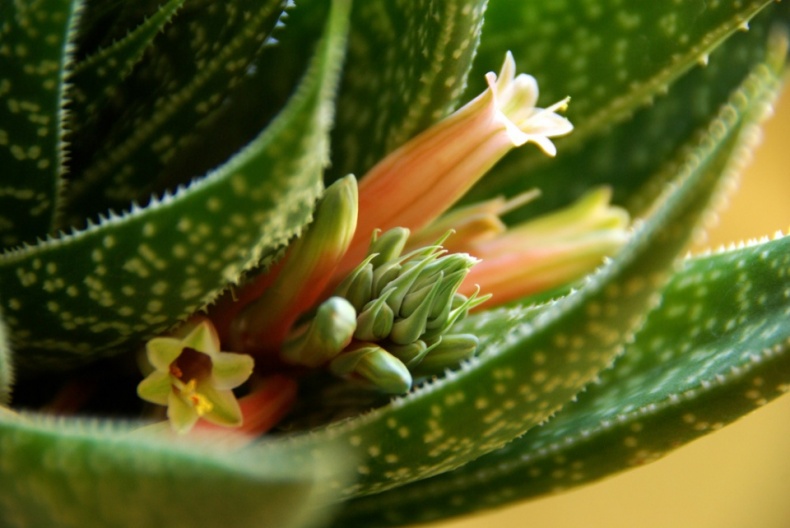
Photo by Paul Sapiano
"Do you think it's clean air you're breathing?" is not just a paraphrased quote from the famous Matrix dojo fight scene, but also a serious question about the air quality in your home. Most people are unaware of an important fact: the air we breathe inside our houses, apartments, schools and offices may be highly polluted. This might sound disturbing, but don't panic – there are many simple ways to clean the air in your home.
Consumers often underestimate the importance of air quality. They take it for granted that because their homes are clean, their indoor air is clean as well. However, airborne particles such as dust, smoke, mold spores, and pet dander can be widespread in even the cleanest of homes. Many people also seal their homes tightly to save energy. This is not a bad idea in terms of heating costs, but it reduces natural circulation and traps all those airborne pollutants inside.
It's also common to assume that healthy adults aren't endangered by the effects of bad air quality, but poor indoor air doesn't just put children, the elderly, and those suffering from asthma and allergies at risk — it can threaten everyone. Mold spores, for example, can even induce asthma or similar breathing difficulties.
There are many air purifiers available on the market, but if you'd rather go for a green solution, we recommend the following options:
1. Air cleaning plants

Photo by Sarah
In the last of our regular 5 Instant Green Changes articles, we mentioned the use of air purifying plants. Just to remind you, while all plants are capable of purging toxins from stale indoor air, research by NASA indicates that some house plants are exceptionally efficient in filtering out toxins, pollutants and carbon dioxide from the air we breathe. Philodendrons, spider plants and pothos are most efficient in removing formaldehyde, while gerbera daisies and chrysanthemums are best for battling benzene, a potentially dangerous carcinogen.
You should allow one houseplant for every 9 square metres of living area. The more vigorous the plant, the more air it can filter. Keep in mind that when it comes to removing tobacco smoke or dust from the air, your plants are going to need some help from a dehumidifier or an air conditioner.
The following plants made it to NASA's top 10 list: bamboo palm, marginata, aloe vera, Boston fern, Janet Craig dracaena, English ivy, Australian sword fern, peace lily, rubber plant, and weeping fig.
2. Essential oils

Photo by minato
It has been proven that diffusing essential oils into the air is one of the best ways to purify the environment we live in. These oils possess certain anti-viral, anti-bacterial, and antiseptic properties which (along with the negative ions and oxygenating molecules that are released when essential oils are diffused) all help to reduce chemicals, bacteria, and other pollutants in the air.
In fact, cinnamon bark oil, oregano oil and Thieves (a blend by Young Living Essential Oils) were tested by Weber State University and shown to be able to kill 100 per cent of airborne bacteria when diffused into the air.
3. Beeswax candles

Photo by Sheena Carmichael
Common paraffin candles are made from petroleum sludge that pollutes the air every time you use them. Beeswax candles, on the other hand, are a great improvement over paraffin: when they burn, they clean the air effectively while offering a pleasant honey scent, a friendly, golden flame, and the longest, cleanest burn of any candle.
Beeswax is the only fuel able to produce negative ions, which help remove pollution from the air. It is recommended to choose yellow beeswax, which is lightly refined. You should avoid white beeswax, as it is often bleached with chemicals.
To sum up, the best air purifying solution would probably be to equip your home with both electronic and natural air purifiers, while supporting them with essential oils or candles — at least from time to time. This should create the ideal atmosphere in your home or in your workplace. Happy breathing!






